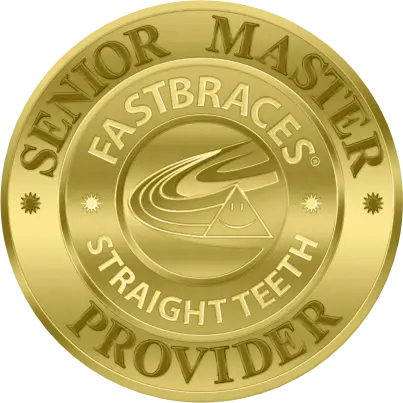
Chewing Gum in various forms has been around since ancient times.The Greeks chewed sap from the mastic tree, called mastiche. The ancient Mayans favored the sap of the sapodilla tree (called tsiclte). Native Americans from New England chewed spruce sap—a habit they passed on to European settlers.
Oral Effects of Gum Chewing
Sugar-containing Chewing Gum
Sucrose, is commonly used in chewing gum. Sucrose and other carbohydrates can be metabolized by oral bacteria. These bacteria produce dental biofilm and acid, which can lead to enamel breakdown and cavities. However, chewing gum can be beneficial.
Sugar-free Chewing Gum
Chewing gum can be labeled as “sugar-free” if it contains less than 0.5 g of sugars per serving. In place of sugar, sweeteners such as acesulfame-K, aspartame, neotame, saccharin, sucralose or stevia are used to sweeten gum. Gum may also be sweetened with sugar alcohols such as erythritol, isomalt, maltitol, mannitol, sorbitol, or xylitol. Unlike sugar, these sweeteners are non cavity producing, since they are metabolized slowly or not at all by cavity causing bacteria.
Pro and cons of gum chewing:
Con: Acid
Some chewing gum contains acids for flavoring (e.g., citric acid) and it causes an acidic pH in the plaque. In addition, the bacteria break down the sugars and when they do that, they produce acid This acid causes cavities to form.
Salivary Flow
The physical act of chewing stimulates salivary flow: and it can be up to 10-12 times more.
Saliva buffers the effects of acids in foods or drinks that could otherwise soften teeth’s enamel surface, and swallowing excess saliva created by stimulation clears acid.
Stimulating salivary flow also enables clearance of fermentable carbohydrates, thereby removing them before bacteria in dental plaque can metabolize them.
Xylitol
When looking for what gum to buy, look for ones that contain Xylitol. This is a natural sugar that cannot be used by the bacteria to grow. The bacteria ingest it but cannot convert it anything and thus they starve to death.
Does Chewing Gum Replace Brushing and Flossing?
Chewing gum is an adjunct to brushing and flossing, but not a substitute for either.
The ADA recommends brushing twice a day with a fluoride toothpaste and cleaning plaque from between the teeth once a day with dental floss or other interproximal dental cleaners.
ADA Seal of Acceptance: Chewing Gum
Only chewing gums that are sugar-free can be considered for the ADA Seal. They are sweetened by non-cavity-causing sweeteners such as aspartame, sorbitol or mannitol. Chewing sugar-free gum has been shown to increase the flow of saliva, thereby reducing plaque acid, strengthening the teeth and reducing tooth decay.
Learn more about the oral health and preventive dental care for you. Schedule a consultation with Fort Lauderdale dentist Dr. Charmaine Johnson at the Premier Smile Center.






















